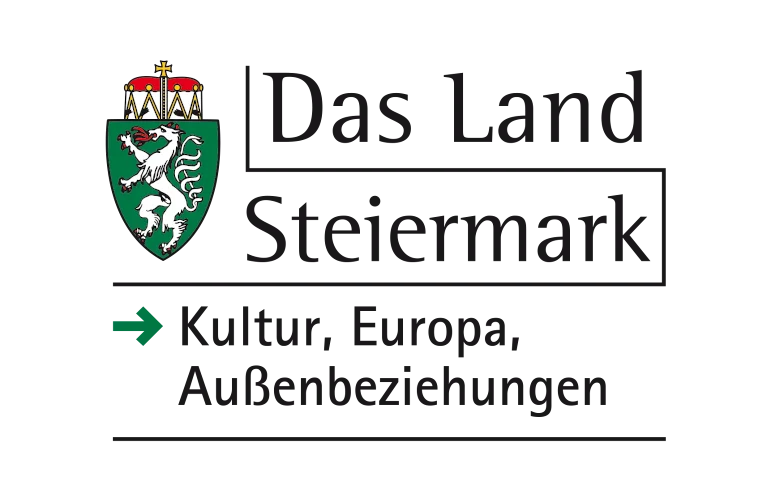Share your short stories, creative nonfiction essays, flash and poetry, written in English as your non-native language, as well as your artworks from April 14 to May 31, 2025 (midnight CEST) with us to be considered for our 14th issue on the theme of "Patchwork"!
For inspiration and more information, please review our open call description:

Perched on the post that ends a washing-line
To sing there, as in flight,
A repertoire of songs that it has heard
– From other birds, and others of its kind –
Which it has recombined
And made its own, especially one
– Thomas Gunn, “Patch Work”
Where do you encounter patches in your life? What is in need of mending; what truly wants to be combined, reorganized, transfixed in the spaces you inhabit and in the scapes you witness? What is integrated, what integrates, and how does the process of enmeshing change pars and totum, the old, the new? What remains, and what is modified?
Patchworks can take many shapes. One of them can be language, as we find it in Thomas Gunn’s poem: A mockingbird’s singing becomes a combination of songs that other birds had sung before, and this reinvention becomes the bird’s song by itself. In writing, and especially in translingual authorship, the author’s many languages and cultural backgrounds might be those patches that are sewn together to form their own unique idiolect. Or, the written piece itself might be a patchwork, a collage, an assemblage of styles, genres, voices, figures.
If we look beyond the writerly lens, we find patchworks in social structures, be it families, social groups, or workplace environments; we find patchworks in politics, in cultural artefacts, in global organizations, in handicrafts created in living rooms and factories alike.
We’re not looking for keywords in your texts, and we’re open to finding the theme “Patchwork” as an undercurrent or a central idea in your submissions. What we’re interested in are the different approaches towards this theme from the many regions and voices of our planet, from the patchworks within one individual being to the patchworks that are the governing forms of our human condition.
Please carefully review our submission guidelines to meet Tint Journal’s formal criteria. Submissions are received until May 31, 2025 (midnight CEST) via email at submissions@tintjournal.com or via Submittable. Feel free to approach us at info@tintjournal.com if questions arise.
The Tint Journal editorial can’t wait to arrange the second themed issue of the literary magazine for non-native English writing!
Submissions for our In Conversation section (book reviews, interviews, profiles, other related articles) are received year-round. Please review our submission guidelines and contact our In Conversation editors Andrea Färber and Chiara Meitz.

Supported by:

